Lu Ancient City Travel Tips: What You Need to Know Before You Go

An Essential Guide to Visiting Lu Ancient City
In This Guide
- An Essential Guide to Visiting Lu Ancient City
- The Rich History and Legends of Lu Ancient City
- Main Highlights: What You Absolutely Can’t Miss
- Planning Your Visit: A Practical Guide
- Tickets: Prices, Booking, and Tips
- How to Get There: A Complete Transportation Guide
- Local Cuisine and Accommodation Nearby
- Frequently Asked Questions
- Final Thoughts on Your Trip
Nestled in the heart of Shandong Province, Lu Ancient City (曲阜鲁国故城) stands as a testament to China’s rich history and cultural heritage. This enchanting site, often referred to as the birthplace of Confucius, offers international travelers a unique opportunity to delve into the philosophical, architectural, and artistic traditions that have shaped Chinese civilization for millennia.
As you wander through the ancient streets, you’ll find yourself surrounded by relics of a bygone era, where the wisdom of Confucius still echoes through the lush landscapes and intricately designed temples. The city is not merely a historical site but a living embodiment of Confucian ideals, showcasing the profound impact of this philosophy on Chinese society.

Lu Ancient City.
Visitors can explore magnificent structures like the Confucius Temple, the Kong Family Mansion, and the Cemetery of Confucius, each revealing layers of history and cultural significance. The serene atmosphere invites contemplation, making it an ideal destination for those seeking to understand the essence of Chinese thought and ethics.
In this guide, we will navigate through the essential experiences, from must-see attractions to practical tips, ensuring you make the most of your journey to Lu Ancient City. Whether you’re a history buff, a culture enthusiast, or simply looking to immerse yourself in the profound teachings of Confucius, Lu Ancient City promises an unforgettable adventure steeped in wisdom and tradition.
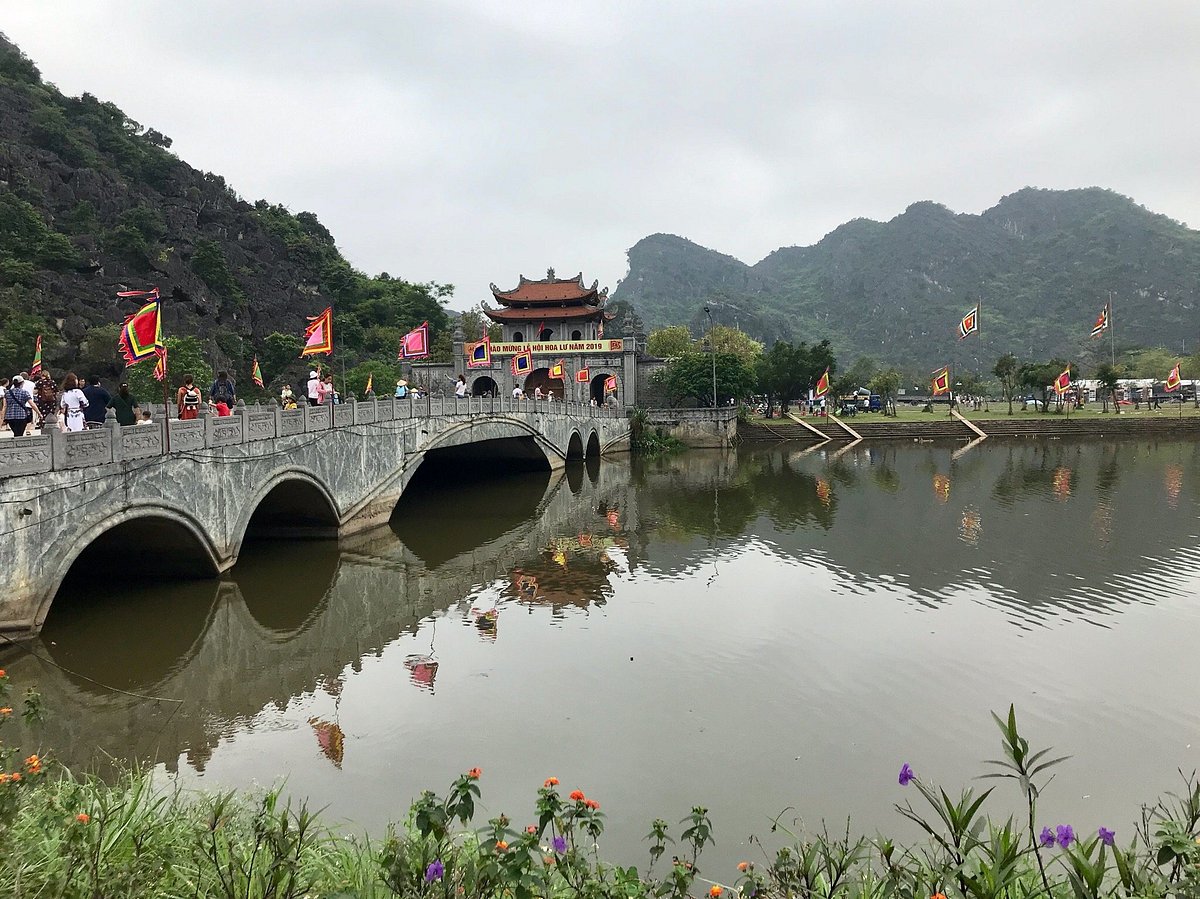
Lu Ancient City.
The Rich History and Legends of Lu Ancient City
Unveiling the Rich Tapestry of Lu Ancient City
Nestled in the heart of Shandong Province, Lu Ancient City (曲阜鲁国故城) serves as a living testament to China’s rich historical and cultural legacy. Known as the birthplace of Confucius, this remarkable site is not just a repository of ancient architecture and relics but also a vibrant reminder of the philosophical traditions that have shaped Chinese society for centuries.
A Historical Overview
Lu Ancient City was the capital of the State of Lu during the Spring and Autumn period (770-476 BCE), a time marked by a plethora of philosophical and political developments. This city was instrumental in the rise of Confucianism, which emerged as a guiding philosophy for governance and personal conduct. The prominence of Lu flourished particularly under the leadership of Confucius himself, who dedicated his life to teaching and spreading his ideals from this very city.
After the fall of the State of Lu, the city underwent various transformations. It gradually transitioned through several dynasties, each leaving its unique imprint on the urban landscape. The Tang and Song dynasties especially contributed to the architectural splendor that can still be appreciated today.

Lu Ancient City.
Legends of Lu Ancient City
Lu Ancient City is steeped in legends, many of which revolve around Confucius and his teachings.
-
The Legend of Confucius and the Junzi: One of the most enduring tales is that of Confucius, who emphasized the importance of the “Junzi,” or the gentleman. According to legend, he taught that true nobility is not a matter of birth, but of moral character and education. This philosophy has deeply influenced Chinese cultural values, promoting the idea that one’s actions define their worth.
-
The Tale of the Three Confucians: Another popular legend recounts how Confucius, along with two of his disciples, traveled across the countryside to spread his teachings. Their journey, filled with trials and tribulations, symbolizes the perseverance of knowledge and the importance of mentorship. It is said that the paths they took became the routes of pilgrimage for later generations seeking enlightenment.

Lu Ancient City.
Architectural Wonders
The remnants of Lu Ancient City reflect its historical significance and cultural vibrancy. The city is home to several remarkable sites:
-
The Temple of Confucius: This grand temple complex, founded in 478 BCE, is a must-visit. Dedicated to the great philosopher, it features exquisite architecture and serene gardens, where visitors can reflect on the teachings of Confucius.
-
The Confucius Family Mansion: Once the residence of Confucius’s descendants, this site showcases the architectural styles of various dynasties. The mansion houses artifacts that reveal the lineage and influence of Confucius through the ages.
-
The Cemetery of Confucius: Located nearby, this sacred site is the final resting place of Confucius and many of his descendants. The tranquil atmosphere of the cemetery, lined with ancient cypress trees, invites contemplation and respect for the legacy of one of history’s most influential figures.
Cultural Significance
Lu Ancient City is not merely an archaeological site; it is a vibrant cultural center where the teachings of Confucius continue to resonate. Each year, festivals and ceremonies are held to honor his legacy, drawing scholars and visitors from around the globe. The city serves as a vital hub for those seeking to engage with Chinese philosophy, education, and history.
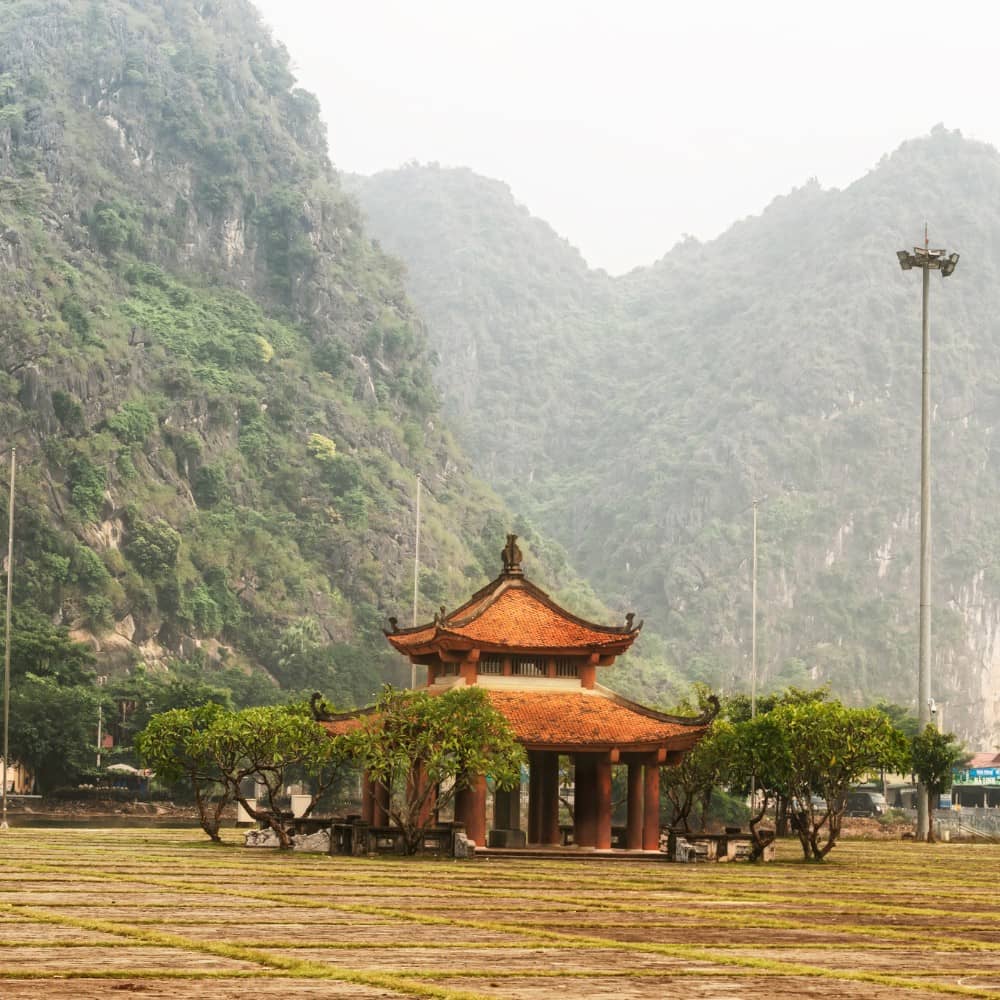
Lu Ancient City.
Conclusion
A visit to Lu Ancient City provides a unique opportunity to immerse oneself in the profound wisdom and historical significance of Confucianism. As you wander through its ancient streets, explore its temples, and reflect in its serene gardens, you will find that this city is not just a place to observe the past; it is a living, breathing embodiment of a culture that values knowledge, respect, and moral integrity. Whether you are a history enthusiast, a philosophy lover, or simply curious about China’s rich heritage, Lu Ancient City promises an enriching experience that will linger long after your visit.
Main Highlights: What You Absolutely Can’t Miss
Discover the Enchanting Highlights of Lu Ancient City
Lu Ancient City (曲阜鲁国故城) is not just a historical site; it’s a voyage through time that invites you to explore the rich tapestry of Chinese culture and history. Nestled in Shandong Province, this ancient capital of the Lu State is intricately linked with Confucius, one of China’s most revered philosophers. Here are the must-see highlights that will enhance your journey through this cultural gem.
1. Confucius Temple (孔庙)
- Why Visit: This grand temple complex is dedicated to Confucius and serves as a testament to his enduring influence on Chinese thought and culture. Dating back to 478 BC, it’s one of the largest and oldest Confucian temples in the world.
- What to See: Marvel at the intricate carvings, stone tablets, and the majestic Hall of Great Perfection (大成殿), where worshippers pay homage to Confucius. The peaceful ambiance and ancient cypress trees create a reflective space for visitors.

Lu Ancient City.
2. Confucius Family Mansion (孔府)
- Why Visit: Once the residence of Confucius’ descendants, this mansion is a stunning example of traditional Chinese architecture and offers insights into the life of the Confucian elite.
- What to See: Explore the beautifully preserved halls and gardens, which are filled with valuable artifacts and furniture from the Ming and Qing dynasties. Pay special attention to the Hall of the Ancestors, where rituals honoring Confucius’ legacy were performed.
3. The Cemetery of Confucius (孔林)
- Why Visit: This tranquil site is the final resting place of Confucius, surrounded by a serene forest of ancient trees and a rich tapestry of cultural history.
- What to See: As you wander through the cemetery, you will encounter the burial mounds of Confucius and his descendants, as well as the iconic stone steles that mark the site. The atmosphere here is both solemn and reflective, making it a perfect spot for contemplation.
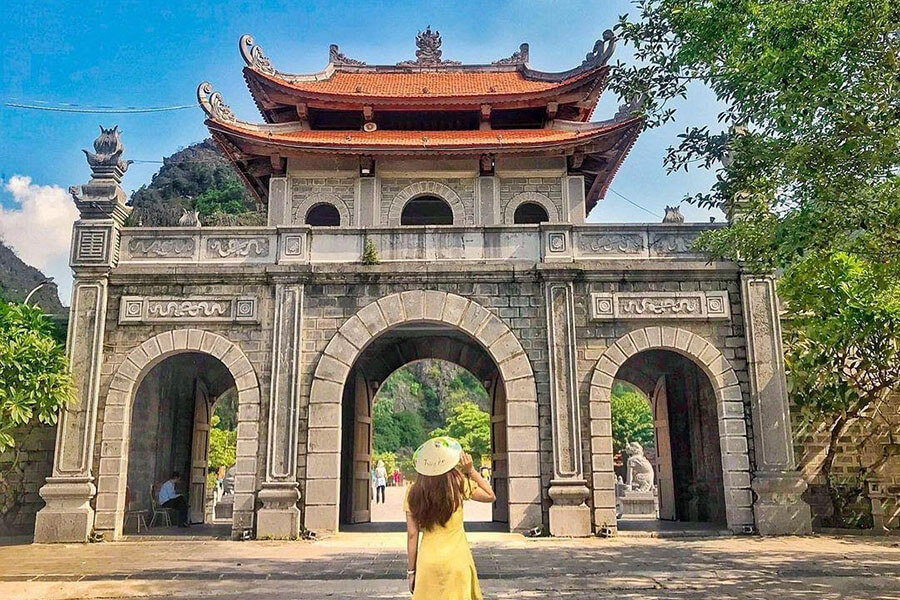
Lu Ancient City.
4. Lu State Ruins (鲁国故城)
- Why Visit: Immerse yourself in the remnants of the Lu State’s ancient capital, which offers a fascinating glimpse into the political and social life of the time.
- What to See: Explore the archaeological sites, including the city walls and various relics that depict the life and administration of the Lu State. The ruins provide a narrative of the area’s historical significance and its connections to Confucianism.
5. Qufu’s Scenic Beauty
- Why Visit: Beyond its historical significance, Lu Ancient City is surrounded by stunning landscapes that enhance your visit.
- What to See: Take a leisurely stroll through the nearby parks and gardens, which are adorned with flowers and ancient trees. The picturesque scenery offers a perfect backdrop for photography and reflection.

Lu Ancient City.
6. Local Cuisine and Cultural Experiences
- What to Taste: Don’t miss the opportunity to savor local delicacies such as Qufu fried dough sticks and Shandong pancakes. These dishes are not only delicious but also steeped in local tradition.
- Cultural Events: If your visit coincides with local festivals or ceremonies, participate in these events to witness the vibrant cultural practices that honor Confucius and the area’s rich heritage.
7. Practical Tips for Your Visit
- Best Time to Go: The ideal time to visit Lu Ancient City is during spring or autumn when the weather is mild and the landscape is particularly beautiful.
- Getting There: Accessible by train or bus from major cities like Jinan, the journey to Qufu is convenient and scenic.
- Entry Fees: Most attractions have nominal entry fees, so budget accordingly.

Lu Ancient City.
Visiting Lu Ancient City is more than just a trip; it’s a deep dive into the philosophies that shaped Chinese civilization. Each site you explore will leave you with a greater appreciation for the profound impact of Confucius and the rich history of this remarkable region. Whether you are a history buff or a cultural enthusiast, Lu Ancient City promises an unforgettable experience that resonates long after you leave its ancient walls.
Planning Your Visit: A Practical Guide
A Comprehensive Practical Guide to Visiting Lu Ancient City
Nestled in the heart of Shandong Province, Lu Ancient City (曲阜鲁国故城) is a mesmerizing destination that beckons travelers interested in Chinese history and culture. Renowned as the birthplace of Confucius and steeped in rich heritage, this ancient site is a treasure trove of architectural marvels and philosophical significance. To ensure your visit is both enjoyable and enlightening, here’s a practical guide that covers everything you need to know.
Getting There
Location:
Lu Ancient City is located in Qufu, Shandong Province, approximately 130 kilometers from Jinan, the provincial capital. It is well-connected by road and rail.
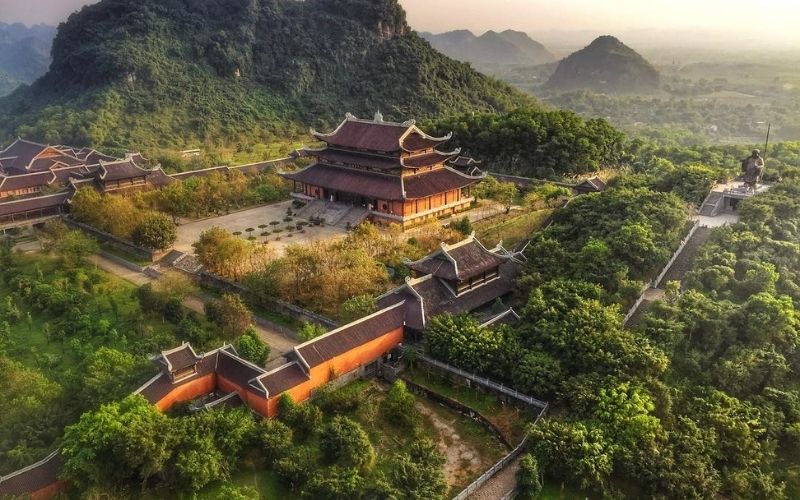
Lu Ancient City.
Transportation Options:
– By Train: High-speed trains from major cities like Beijing and Jinan frequently run to Qufu. The journey from Beijing takes about 3 hours, and from Jinan, it takes around 1.5 hours.
– By Bus: Long-distance buses operate between Qufu and various cities, including Jinan and Tai’an. Buses are a budget-friendly option but may take longer than trains.
Admission and Opening Hours
- Entrance Fee: The ticket price for Lu Ancient City varies depending on the attractions you wish to visit, but expect to pay around 120 CNY for a combination ticket.
- Opening Hours: The site is generally open from 8:00 AM to 5:30 PM, but it’s advisable to check specific attraction opening times, as they may vary.
Key Attractions
The Lu Ancient City is a historical complex that encapsulates several significant sites:
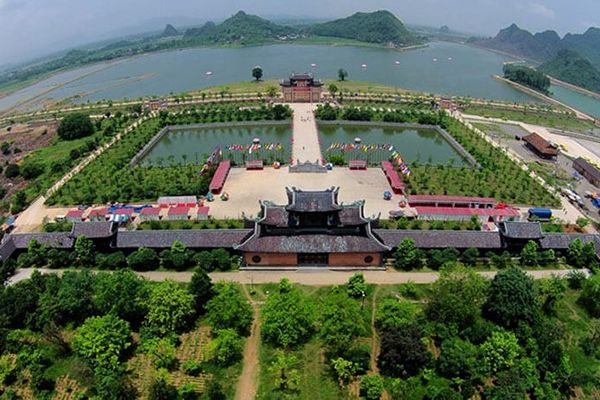
Lu Ancient City.
-
Confucius Temple (孔庙): A grand tribute to the philosopher, this temple complex is the second largest of its kind in China. Explore its intricate architecture and serene gardens, where you can reflect on Confucian teachings.
-
Confucius Cemetery (孔林): This expansive cemetery houses the remains of Confucius and his descendants. Walking through the ancient cypress trees and stone pathways provides a profound sense of history.
-
The Mansion of the Confucius Family (孔府): Once home to generations of Confucius’s descendants, this mansion showcases traditional architecture and offers insight into the life of one of history’s most influential families.
-
The Great Sage’s Ancestral Hall: A lesser-known gem that celebrates the legacy of Confucius through various artifacts and exhibitions.
Best Time to Visit
The ideal time to visit Lu Ancient City is during the spring (April to June) and autumn (September to November) months when the weather is mild and conducive for exploring the outdoor sites. The annual Confucius Cultural Festival, held in late September, is also a spectacular time to experience the vibrant celebrations honoring the philosopher.
Local Cuisine
While visiting Lu Ancient City, don’t miss the opportunity to indulge in local delicacies:
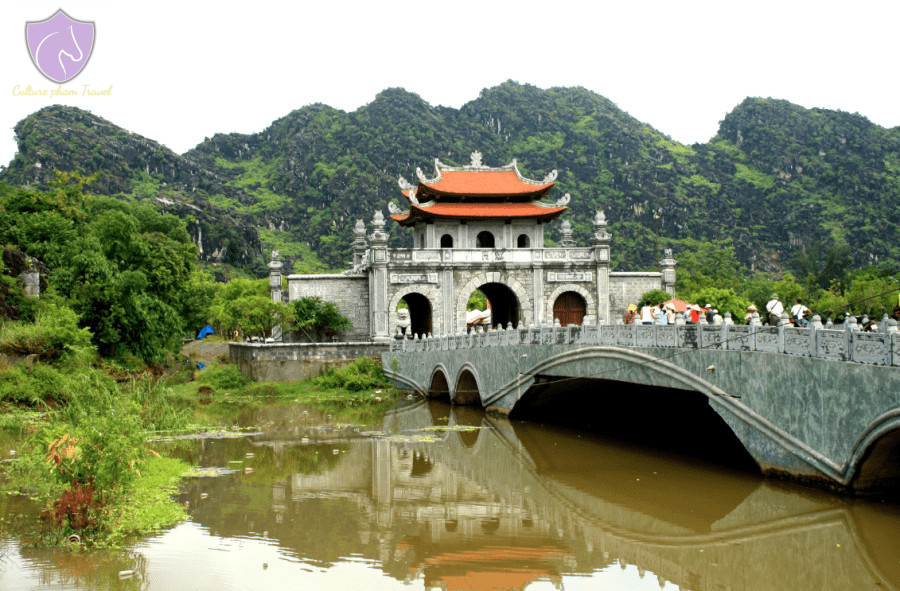
Lu Ancient City.
- Mutton Soup (羊肉汤): A regional favorite, this hearty dish is perfect for warming up after a day of exploration.
- Qufu Fried Cake (曲阜油条): A popular street snack, these crispy fried dough sticks are often enjoyed with a warm bowl of soy milk.
- Confucius Family Cuisine: Experience dishes inspired by the Confucius family’s culinary traditions, which emphasize fresh ingredients and subtle flavors.
Cultural Etiquette
When visiting Lu Ancient City, it’s essential to respect local customs:
- Dress modestly, especially when visiting temples and religious sites.
- Maintain a respectful demeanor, particularly in areas dedicated to Confucius, as they are of great cultural significance.
- Be mindful of photography restrictions in certain areas, particularly within temples and cemeteries.
Tips for Travelers
- Plan Your Day: Given the size of Lu Ancient City, consider allocating a full day for exploration. Arrive early to avoid crowds and make the most of your visit.
- Hire a Guide: For a deeper understanding of Confucian philosophy and the historical context of the sites, consider hiring a local guide.
- Combine Attractions: If time permits, explore nearby sites like the Mount Tai, a UNESCO World Heritage site, known for its stunning natural beauty and cultural significance.
Conclusion
A visit to Lu Ancient City is not just a journey through ancient architecture and historical landmarks; it’s an immersion into the philosophical heart of China. With its rich cultural tapestry, stunning landscapes, and mouthwatering cuisine, Lu Ancient City promises a memorable experience for every traveler. So pack your bags and prepare to uncover the wisdom and heritage of one of China’s most revered locales!
Tickets: Prices, Booking, and Tips
Visiting Lu Ancient City (曲阜鲁国故城) is an enriching experience that transports you back to the heart of Confucian thought and the grandeur of ancient Chinese civilization. To ensure your journey is seamless and enjoyable, here’s everything you need to know about ticket prices, booking options, and valuable travel tips.
Ticket Information
-
Entrance Fee: The standard ticket price for Lu Ancient City is 80 RMB (approximately 12 USD) per person. This fee grants you access to the main historical sites and museums within the city, including the Confucius Temple, the Confucius Family Mansion, and the Cemetery of Confucius.
-
Discounts: Reduced ticket prices are available for students, seniors, and groups. It’s advisable to carry valid identification to avail of these discounts.
-
Opening Hours: The site is open daily from 7:00 AM to 5:30 PM. However, during peak tourist seasons, it’s wise to arrive early to avoid crowds.
Booking Options
-
Online Booking: To streamline your visit, consider purchasing your tickets online through official tourism websites or platforms like Trip.com. This option allows you to skip the long queues at the entrance.
-
On-Site Purchase: Tickets can also be purchased at the entrance of Lu Ancient City. Be prepared for potential wait times, especially during weekends and holidays.
-
Guided Tours: Many travelers find that joining a guided tour enhances their experience. Local tour companies offer packages that include transportation, guided visits to key sites, and sometimes even meals. Prices for these tours typically range from 200 to 600 RMB (30 to 90 USD) depending on the inclusions.
Travel Tips
-
Best Time to Visit: The ideal time to explore Lu Ancient City is during spring (April to June) and autumn (September to November). The weather is mild, and the city’s landscapes are particularly picturesque during these seasons.
-
Dress Code: As Lu Ancient City is a site of cultural significance, it’s recommended to dress modestly and respectfully. Comfortable walking shoes are also advisable, as you’ll be exploring various historical sites.
-
Local Cuisine: Don’t miss out on sampling local dishes. The area is renowned for its unique offerings, such as Lu’s Braised Pork and Confucian-style Dumplings. Many small eateries near the city provide authentic dining experiences.
-
Combine Visits: Make the most of your trip by pairing your visit to Lu Ancient City with nearby attractions like the Confucius Temple and the Cemetery of Confucius. These sites are within walking distance and provide deeper insights into Confucian philosophy and history.
-
Transportation: If you’re traveling from major cities like Beijing or Shanghai, high-speed trains are a convenient option. The nearest train station is in Qufu, just a short taxi ride from the ancient city.
Conclusion
Lu Ancient City offers an unforgettable journey through China’s philosophical and historical heritage. By planning ahead and utilizing the tips and booking options provided, you can ensure a smooth and enriching experience that honors the legacy of Confucius and the beauty of ancient Chinese culture. Embrace the wisdom of the past as you explore this captivating destination!
How to Get There: A Complete Transportation Guide
Getting to Lu Ancient City (曲阜鲁国故城)
Nestled in the heart of Shandong Province, Lu Ancient City, known as the birthplace of Confucius, is a treasure trove of Chinese history and culture. Whether you’re a history enthusiast or a cultural explorer, reaching this ancient city is a journey worth taking. Here’s your complete transportation guide to Lu Ancient City.
By Air
The nearest major airport to Lu Ancient City is Qufu Airport (QFZ), which is approximately 7 kilometers from the city center. While options may be limited, flying into Qufu is the most convenient method if you’re traveling from other major cities in China.
- From Qufu Airport:
- Taxi: The quickest way to reach the city center. Taxis are readily available outside the terminal.
- Airport Shuttle: Check with local hotels for shuttle services that might operate from the airport.
For broader international access, consider flying into Jinan International Airport (TNA), which is about 130 kilometers away from Lu.
- From Jinan International Airport:
- High-Speed Train: Take a high-speed train from Jinan to Qufu, which takes around 30-50 minutes. Frequent services make this a convenient option.
- Taxi or Ride-Hailing: Directly hire a taxi or use apps like Didi for a more comfortable ride.
By Train
China’s extensive railway network makes traveling to Lu Ancient City both efficient and enjoyable. The Qufu Railway Station serves as the main hub for train services.
- From Major Cities:
- Beijing: High-speed trains connect Beijing West Station to Qufu, taking approximately 2 hours.
- Shanghai: Take a high-speed train from Shanghai Hongqiao to Qufu, which also takes around 4-5 hours.
- Jinan: From Jinan, the journey to Qufu takes about 30-50 minutes by train.
Tip: Book your train tickets in advance, especially during peak travel seasons, to secure your preferred timings.
By Bus
Long-distance buses are a viable alternative to train travel, with Qufu being well-connected to neighboring cities.
- From Jinan: Buses depart regularly from the Jinan Long-Distance Bus Station to Qufu, taking about 2 hours.
- From Nearby Cities: Regular bus services operate from cities like Tai’an and Zaozhuang, making it accessible for day-trippers.
Note: Check the local bus schedules ahead of time for updated timings, as they can vary.
By Car
Driving to Lu Ancient City offers the flexibility to explore the surrounding areas. The city is accessible via major highways:
- From Jinan: Take the G3 Beijing-Shanghai Expressway, which is approximately 130 km and takes around 1.5-2 hours.
- From Beijing: The distance is about 600 km, with a driving time of approximately 6-7 hours.
Renting a car can also allow you to visit nearby attractions, such as the Confucius Temple and Cemetery of Confucius, at your own pace.
Local Transportation
Once in Lu Ancient City, getting around is straightforward:
- Bicycles and Electric Scooters: Rentals are available throughout the city, making it easy to explore the ancient streets.
- Taxis: Readily available for longer distances or if you prefer a more comfortable trip to various historic sites.
Final Tips
-
Plan Ahead: Depending on the season, travel times may vary, especially with high-speed trains and buses. It’s advisable to check the latest schedules and book in advance.
-
Language: While major transportation hubs may have English signage, learning a few basic Mandarin phrases can enhance your travel experience.
-
Cultural Etiquette: When visiting temples and historic sites, dress modestly and respect local customs to enhance your connection with the culture.
With this guide, you’re well-equipped to embark on your journey to Lu Ancient City. Enjoy the rich history, cultural heritage, and the serene landscapes that await you in this remarkable destination!
Local Cuisine and Accommodation Nearby
When exploring the historic Lu Ancient City (曲阜鲁国故城), your journey will not only be enriched by its cultural and historical treasures but also by the delightful local cuisine and accommodations that promise an authentic experience. Here’s a guide to savoring the local flavors and finding the perfect place to rest after a day of exploration.
Culinary Delights of Lu Ancient City
Lu Ancient City is a gastronomic haven that offers a range of traditional dishes worth savoring. Here are some must-try specialties that reflect the rich culinary heritage of the region:
-
Lu Tofu (鲁豆腐): A local variant of tofu, known for its silky texture and subtle flavor, often stir-fried with seasonal vegetables or served in a flavorful broth.
-
Braised Pork with Preserved Vegetables (红烧肉): This dish features succulent pork belly braised in soy sauce with aromatic spices, served alongside pickled vegetables for a perfect balance of flavors.
-
Fried Rice with Chicken (鸡肉炒饭): A staple dish, the fried rice is cooked to a golden crisp, featuring tender pieces of chicken and fresh vegetables, making it a satisfying choice for any meal.
-
Steamed Fish with Ginger (姜蒸鱼): Fresh fish is steamed with aromatic ginger and scallions, resulting in a light dish that highlights the natural flavors of the fish, often accompanied by fragrant rice.
-
Local Noodles (鲁面): These handmade noodles are served in a warm broth, often topped with meats or vegetables, providing a comforting option on cooler days.
-
Sweet Rice Wine (甜米酒): For a unique beverage, try the locally brewed sweet rice wine, renowned for its mild sweetness and smooth finish.
Where to Stay Near Lu Ancient City
After indulging in the delectable local cuisine, a comfortable place to stay is essential for a rejuvenating night. Here are some accommodation options that cater to various preferences:
-
Lu Ancient City Hotel (曲阜鲁国故城酒店): Located in the heart of the ancient city, this hotel offers modern amenities with a traditional touch. Enjoy spacious rooms, friendly service, and easy access to nearby attractions.
-
Confucius Inn (孔子客栈): Just a short walk from the Confucius Temple, this charming inn provides a cozy atmosphere with rooms that reflect local architecture. Perfect for travelers seeking a more intimate lodging experience.
-
Jinling Hotel (金陵酒店): This mid-range hotel features comfortable rooms and a restaurant serving both local and international dishes. Its convenient location makes it an ideal base for exploring the historical sites.
-
Lu Zhou Homestay (鲁州民宿): For those looking for a more personalized experience, consider a homestay. Here, you can enjoy home-cooked meals and immerse yourself in the daily life of the locals.
-
Luxury Resort Option: For travelers desiring a touch of luxury, the Shangri-La Hotel offers opulent accommodations with exquisite dining options, spa services, and stunning views of the surrounding landscape.
Final Thoughts
Exploring Lu Ancient City is as much about the rich history and culture as it is about enjoying the local cuisine and comfortable accommodations. Each meal and every night’s stay brings you closer to the heart of this remarkable destination. Don’t miss the chance to experience the flavors and hospitality that make Lu Ancient City a truly memorable place to visit.
Frequently Asked Questions
Frequently Asked Questions about Lu Ancient City (曲阜鲁国故城)
1. Where is Lu Ancient City located?
Lu Ancient City is situated in Qufu, Shandong Province, China, approximately 130 kilometers from Jinan, the provincial capital. It is easily accessible by train or bus from major cities in the region.
2. What is the historical significance of Lu Ancient City?
Lu Ancient City is renowned as the birthplace of Confucius, the famous philosopher whose teachings have greatly influenced Chinese culture and philosophy. The city is home to numerous historical sites, including the Confucius Temple, the Confucius Forest, and the Kong Family Mansion, which together form a UNESCO World Heritage Site.
3. What are the main attractions in Lu Ancient City?
Visitors to Lu Ancient City can explore several key attractions, including:
– Confucius Temple: A large complex dedicated to the teachings and legacy of Confucius.
– Kong Family Mansion: The ancestral home of Confucius’s descendants, showcasing traditional architecture and artifacts.
– Confucius Forest: A serene burial site for Confucius and his descendants, adorned with ancient trees and inscriptions.
– The City Wall: Remnants of the ancient city wall offer a glimpse into the city’s fortifications and historical layout.
4. What is the best time to visit Lu Ancient City?
The ideal time to visit Lu Ancient City is during spring (April to June) and autumn (September to November) when the weather is mild and pleasant. Additionally, visiting during traditional festivals, such as Confucius’s birthday in September, can provide unique cultural experiences.
5. Are there any entrance fees for the attractions?
Yes, there are entrance fees for most attractions. For instance, the Confucius Temple and Kong Family Mansion typically charge a combined ticket fee, which is approximately 150 RMB. It’s advisable to check the specific fees and any discounts for students or seniors before your visit.
6. How can I get to Lu Ancient City from Beijing?
Traveling from Beijing to Lu Ancient City is convenient. You can take a high-speed train from Beijing South Railway Station to Jinan, which takes about 1.5 to 2 hours. From Jinan, you can catch a bus or train directly to Qufu, which takes around 1 hour.
7. What local cuisine should I try while visiting Lu Ancient City?
When in Lu Ancient City, be sure to sample local Shandong cuisine, known for its seafood and hearty dishes. Recommended specialties include:
– Jinan-style sweet and sour carp: A signature fish dish.
– Braised chicken with mushrooms: A comforting and flavorful option.
– Qufu-style dumplings: A delightful treat often enjoyed during local festivals.
8. Are there any cultural etiquette tips to keep in mind?
Yes, when visiting Lu Ancient City, it’s important to be respectful of local customs and traditions. Some tips include:
– Dress modestly, especially when visiting temples and historical sites.
– Maintain a quiet demeanor in sacred areas to preserve the atmosphere.
– Be mindful of photography restrictions, particularly in places of worship.
– When in doubt, observe the behavior of locals to guide your actions.
Exploring Lu Ancient City offers a profound glimpse into China’s cultural heritage, making it a must-visit destination for anyone interested in history and philosophy.
Final Thoughts on Your Trip
As your journey through Lu Ancient City comes to a close, you find yourself enveloped in the rich tapestry of history and culture that defines this remarkable site. Each stone and shrine whispers tales of the past, inviting you to reflect on the legacies of the thinkers and leaders who once walked these lands.
A Journey of Discovery
Exploring Lu Ancient City is not merely a visit; it is an opportunity to immerse yourself in the profound philosophies of Confucianism and the historical significance of the Lu state. The ancient structures, serene temples, and lush landscapes create a backdrop for introspection and appreciation of the wisdom that has shaped Chinese civilization. Whether you stand before the venerable Confucius Temple or gaze out over the sprawling landscape, you are reminded of the enduring spirit of this place.
Culinary Delights and Local Experiences
Don’t forget to indulge in the local cuisine during your stay. Savor the flavors of traditional dishes that have been cherished for generations. Each bite offers a unique connection to the culture and people of the region. Be sure to engage with local artisans and vendors, as their stories and crafts are integral to the identity of Lu Ancient City.
A Lasting Impression
As you prepare to leave, take a moment to embrace the tranquility that envelops this historical gem. The lessons of the past resonate through the air, encouraging you to carry these experiences forward. The blending of history, culture, and nature creates a unique essence that lingers long after you depart.
Plan Your Next Adventure
Lu Ancient City is just the beginning of your exploration of China’s rich heritage. Consider venturing to nearby historical sites or natural wonders to deepen your understanding and appreciation of this incredible nation. Each destination offers its own unique narrative, waiting to be uncovered.
In closing, your visit to Lu Ancient City is an invitation to connect with the roots of Chinese philosophy and history. Let the echoes of the past inspire your future travels and ignite a passion for discovery in the heart of every journey.